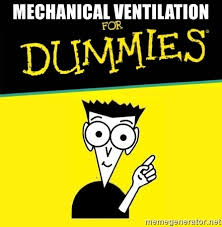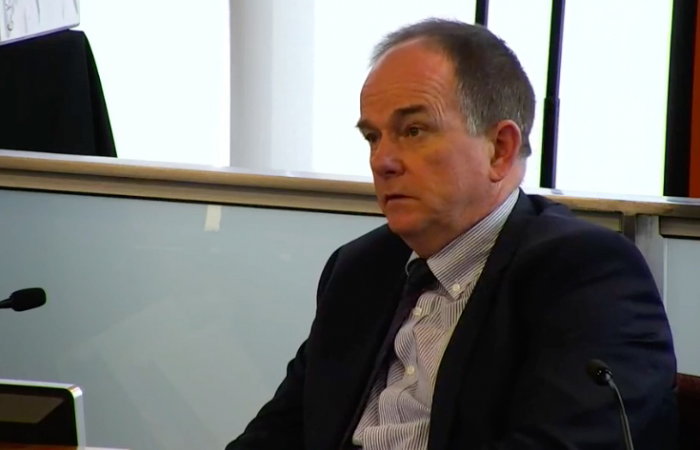
Best Practice Guidance for Effective Methane Drainage and Use in Coal Mines
Best Practice Guidance for Effective Methane Drainage and Use in Coal Mines is produced by the United Nations.
Gas Drainage Guidelines UN 2016
A first edition was published in 2010 and this second edition in 2016.
As an information package it is not too bad and looks at the situation from Coal Mines all over the world.
It would seem that a few people in charge of Underground Coal Mines and their Ventilation and the Inspectorate need to go back to basics.
If over 100 pages is too much for you to read, I have collected a few of the statements that will not take long to read
1) A ventilation system that is designed simply to comply with legal minimum airflows or air velocities may be inadequate for the purpose of maintaining a safe and satisfactory environment in an active mine. For this reason, ventilation system design specifications must take into account the expected worst-case pollutant levels.
Methane is considered the principal pollutant and the most hazardous gas for ventilation system specifications. If the selected ventilation system design is capable of removing or satisfactorily controlling the primary pollutant, it is assumed that the lesser pollutants will be adequately controlled or removed at the same time.
2) The “specific” (or “relative”) emission rate is commonly used to represent the gassiness of a mine, or of a longwall district. It uses the same units as gas content (i.e., cubic metres of methane emitted per tonne of coal or m3/t), but it is conceptually very different.7[1] The specific emissions represent the total volume of methane released from all sources divided by the total amount of coal produced during a referenced period of time, ideally a week or more. In other words, this measurement is really cubic metres (m3) of methane emitted per tonne (t) of coal mined over any given period of time. The gas being emitted, and measured, is coming not just from the coal that is being extracted, but all of the strata that is disturbed and becomes relaxed as the void left by the mining process collapses. Generally, coal mines with specific emissions of 10 m3/t and higher are considered gassy. Specific emissions as high as 50 m3/t to 100 m3/t have been encountered in mines in some States, but these levels are exceptional (Kissell et al, 1973
Regardless of whichever system or layout is being used, a sufficient volume of fresh air must arrive at the coal-cutting machine to dilute the coal front gas (arising from the remaining seam gas content after any predrainage) and to the return end (tailgate corner) of the longwall face
Postdrainage methods involve intercepting methane released by mining disturbance before it can enter a mine airway and obtaining access to the zone of disturbance above, and also sometimes below, the worked seam.
3) European studies (Creedy et al, 1997, April) have shown that a de-stressed arch or zone of disturbance, within which gas is released, forms above a longwall typically extending 160 m to 200 m into the roof and below the longwall to about 40 m to 70 m into the floor
Sudden emissions of gas can occur from the floor of a longwall working, either onto the face or into the roadways near the face, as the result of floor heave. This type of emission is considered especially likely when the floor contains a strong sandstone bed and another coal seam lies within 40 m to 60 m below the working seam. Although predicting an occurrence is problematic, prevention can generally be assured by drilling a regular series of floor boreholes to prevent accumulation of gas pressure.

4) Generally, air is drawn (sucked) through a mine by exhaust fans located on the surface. Thus, the air pressure in the mine is below atmospheric pressure. In the event of fan failure, the ventilation pressure in the mine rises, preventing an instantaneous release of gas from worked areas.
Distribution control includes redirecting airflow to one location at the expense of other airflows. The relationship between aerodynamic resistance, air pressure, and rate of airflow is well known, and can be used to predict the outcome of airflow redistributions.
Overall control of the mine ventilation system is directed primarily by the surface fan(s). Increasing the differential surface fan pressure applied at a mine may have only negligible effect on airflows in the most remote parts of the mine. For this reason, increasing surface fan pressure may not solve a problem of shortfall in ventilating airflows in remote working area
A deeper and more extensive mine can require a more complex ventilation circuit. However, added complexity may result in a greater propensity for leakage losses through communicating doors in the mine between intake and return airways. Thus complex and larger mines have limited quantities of fresh air available for use in blind headings and on working coalfaces, which requires the use of auxiliary ventilation ducts.
Ventilation requirements are dynamic. Ventilation air demand increases as a mine is developed and the area being ventilated increases, sometimes requiring installation of additional ventilation shafts, upgrading fans, or enlarging existing airways.
Proprietary software is available for modelling ventilation networks. Actual pressure and flow surveys should be made at regular intervals to calibrate the model and check the system performance as changes are made.
Whenever possible, the ventilation system should be designed so that the various ventilation “splits” or branches are naturally balanced. This action reduces the need to install flow-control devices such as air locks. The opening and closing of such devices to allow the passage of personnel has a profound effect on the airflows in the branch (entries).
Regardless of whichever system or layout is being used, a sufficient volume of fresh air must arrive at the coal-cutting machine to dilute the coal front gas remaining seam gas content after any predrainage) and to the return end (tailgate corner) of the longwall face


